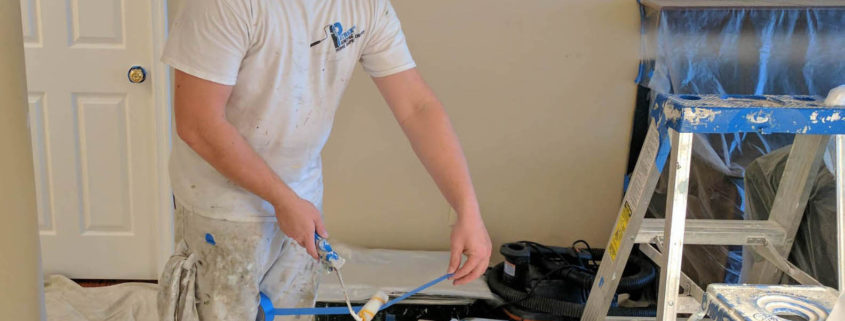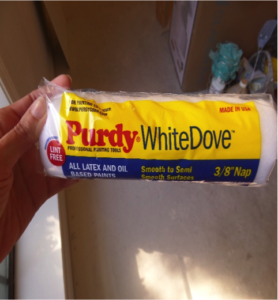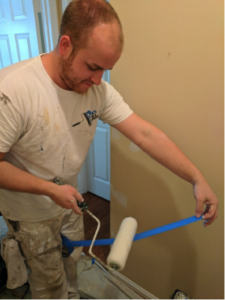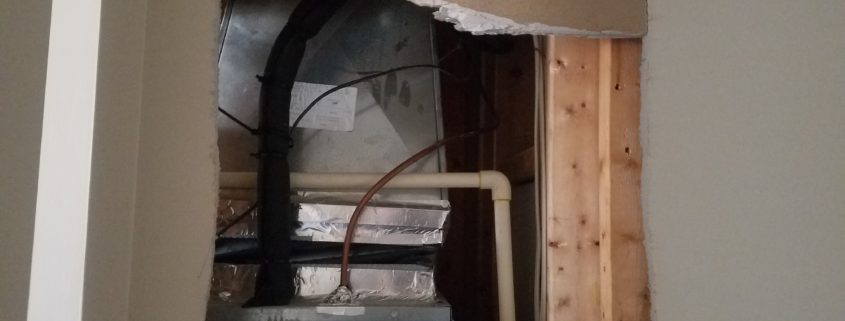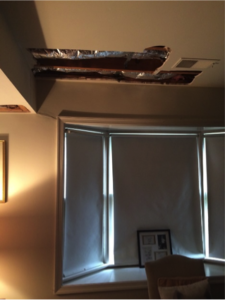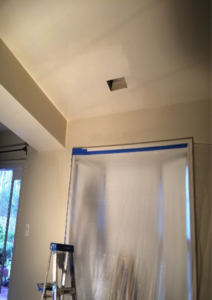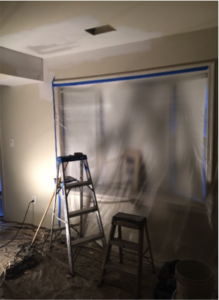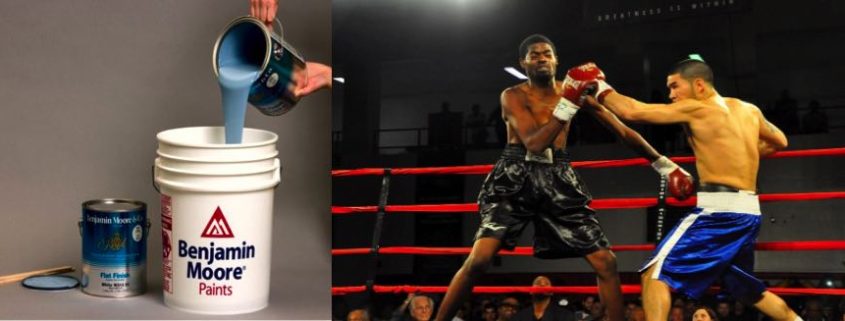9 Ways to Attract Millennial Homebuyers
Millennials are currently the largest group of homebuyers in the U.S. and will continue to revolutionize the housing market for years to come. As more millennials pursue homeownership, it is important to revitalize your home in order to attract multiple offers from this surging demographic. Luckily, there are plenty of affordable upgrades and simple ways to spruce up your home to appeal to millennial homebuyers and sell your home quickly.
1. Updating Your Kitchen and Bathroom
The majority of younger buyers looking to see if they can afford to purchase their first home. They most likely won’t have the money or time to redo a kitchen and bathroom. Millennial homebuyers will be looking for an updated kitchen. A kitchen that includes new countertops, fresh cabinets, and hardwood floors. Updating your cabinets and countertops is a great way to spruce up your kitchen, or even give it a whole new look. Additionally, hardwood floors are becoming increasing popular among homebuyers and can improve the look of your kitchen dramatically. Younger buyers are also looking for a bathroom with new tiling and modern fixtures. By hiring a team of professionals, and putting some money toward a kitchen and bathroom remodel, you can attract more millennial homebuyers to your property. Not only that, but you’ll probably recoup a lot of your costs in the selling price of your home.
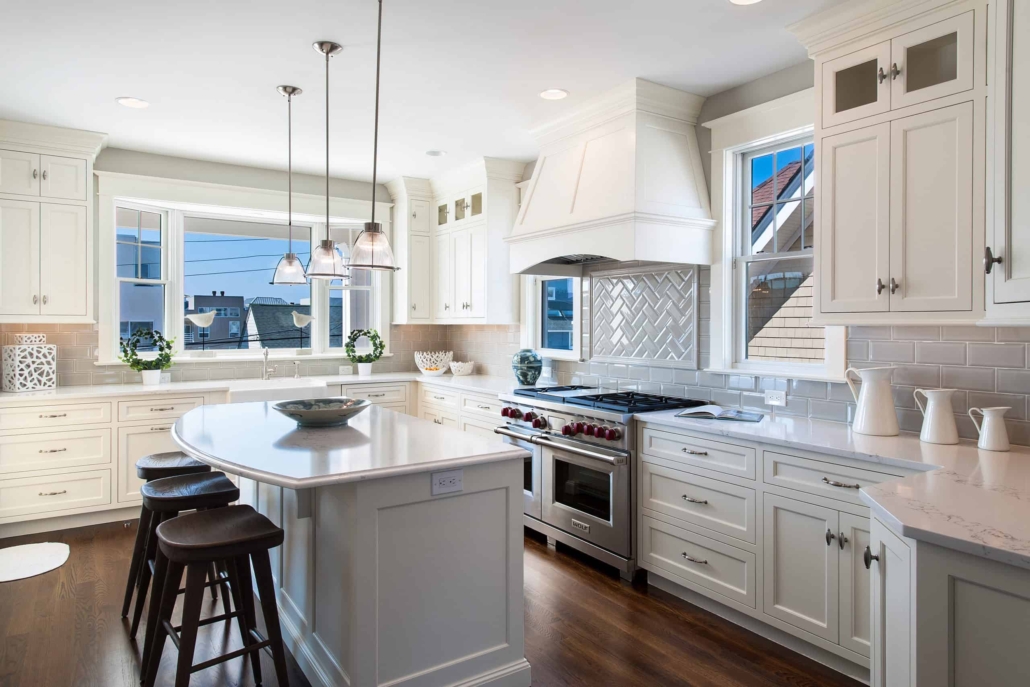
2. Creating an Open Floor Plan
Millennials are attracted to large, open spaces. Larger spaces that can be used to entertain guests or as multi-functional rooms are favorable with millennials. Essentially, they don’t want to feel like their family or friends have to be sectioned off in different parts of the home. If you are already planning on remodeling your kitchen, you may consider tearing down a wall or two to create a more open look.
3. Choosing Low-Maintenance Materials
Millennial homebuyers are interested in low-maintenance homes. They are not looking for a fixer-upper the way Gen Zers and other past generations were. Millennial homebuyers don’t want to spend their time on significant repairs, home-maintenance or even cleaning their homes. They prefer things that will last and are easy to maintain. Consider choosing low maintenance materials. These materials include quartz countertops, full-sheet materials like back painted glass, and quartz backsplashes to eliminate grout lines for easy cleaning. As well as installing vinyl, sealed concrete or hardwood floors in your kitchen and bathroom to provide the new homeowners with durable, easy to clean surfaces.
4. Adding Smart Home Technology
Adding technology to the home will excite millennial buyers into purchasing your home. Many millennial homebuyers are interested in looking at homes that can manage all their home devices from one place. A smart home ecosystem has many benefits. Including, remote control functions, increased home security, and increased energy efficiency. These functions will allow homeowners to conveniently control their home from anywhere as well as reduce their energy bills.

5. Installing Energy Efficient Appliances
Millennials care about the environment and will even pay extra to protect it. Younger homebuyers want appliances designed to help reduce power consumption, reduce environmental impact, and contribute to a healthier planet. 75 percent of millennial homebuyers want energy Star-rated appliances in their homes. They also want these appliances to save them money and have the latest features and technology to make everyday tasks easier.
6. Adding a Home Office
Creating a space that can double as a home office is intriguing to many millennial homebuyers. Many do commute to work, especially if you work in a big city like New York. But there is also an increasing number of millennials working from home at least a couple days a week. Creating this space allows these millennial homebuyers to have a designated area where they will be able to work from home easily and comfortably.
7. Painting your Home
If you need to freshen up your paint, and want to appeal to millennial homebuyers, opt for neutral colors on walls, trim, and baseboards. Colors such as light grey, cream, and other soft neutrals are preferred. If you have children and their rooms are all shades of bright green, blue, and pink consider painting those to match the rest of your home. Having this neutral base will make your home easy to stage and design. It also will bring a more simple, sophisticated look that millennial homebuyers find alluring.
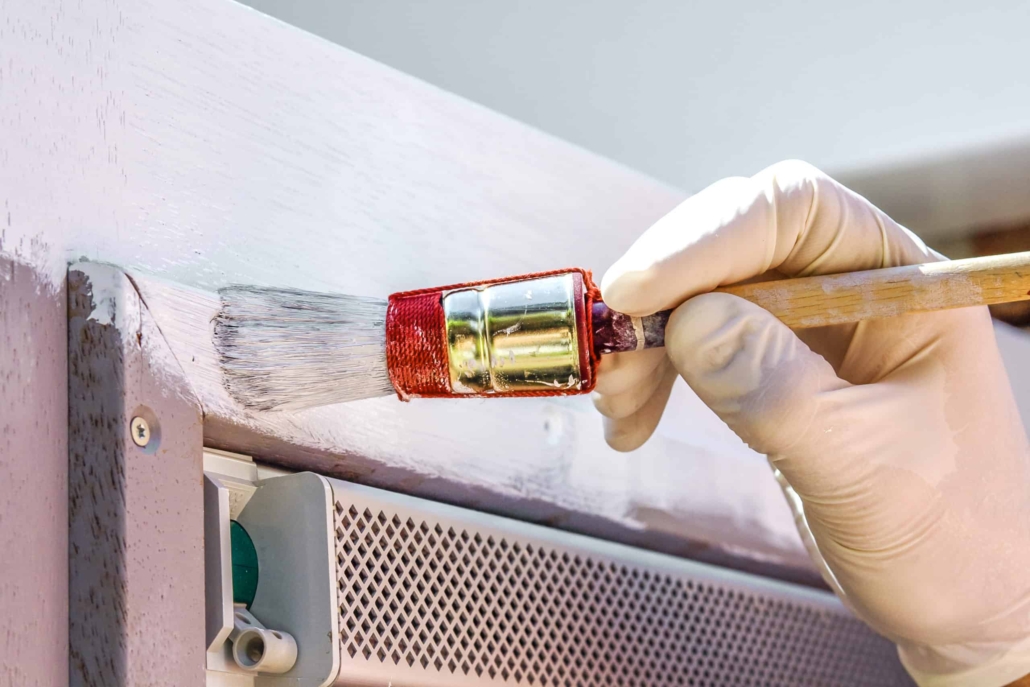
8. Purchasing a Home Warranty
You may also want to consider purchasing a home warranty for your buyer. Many home warranty companies offer “listing coverage” that you can easily turn into a year-long plan for a homebuyer to repair or replace worn down systems and appliances. Many millennial homebuyers find it enticing to have a company do the groundwork of calling a contractor and scheduling repairs for them.
9. Highlighting Proximity and Walkability to Market Your Home
A “walkable community” means a home is near public transportation, grocery stores, restaurants, local businesses, and public services. Homes receive a Walk Score based on how many errands can be accomplished on foot. Millennial homebuyers are very interested in homes that have a great location. 56 percent of millennials and 46 percent of baby boomers prefer walkable communities with a range of housing amidst local businesses and public services. If your home is considered walkable, you’ll want to market it that way. By doing so you will attract more buyer interest, and you’ll potentially be able to price your home higher.
As time moves forward, millennials are beginning to make up a bigger population of homebuyers than ever before. As the playing field of buyers changes, it isn’t a bad idea to update your home to cater to the larger homebuying demographic. Following these tips can help provide you with more bids from potential buyers, and possibly sell your home quickly and for more money.
Lexi Klinkenberg
Lexi is part of the Redfin content marketing team and enjoys writing about real estate and design trends. Her dream home would be a contemporary home with an open floor plan, lots of windows, and a waterfront view.
Original Article: https://www.redfin.com/blog/ways-to-attract-millennial-homebuyers

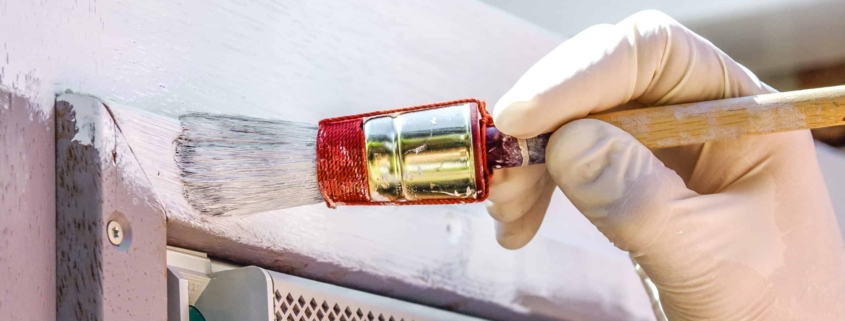

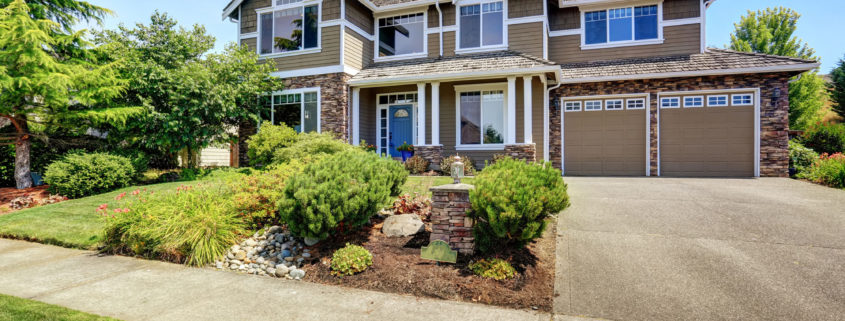
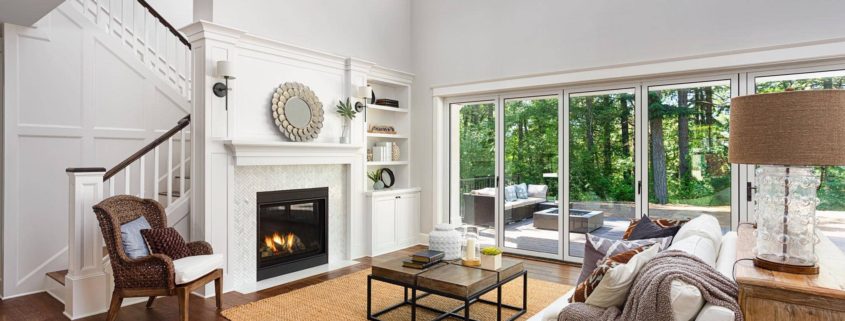

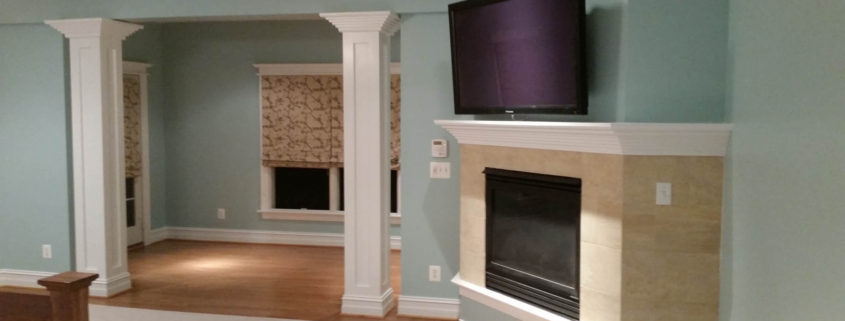
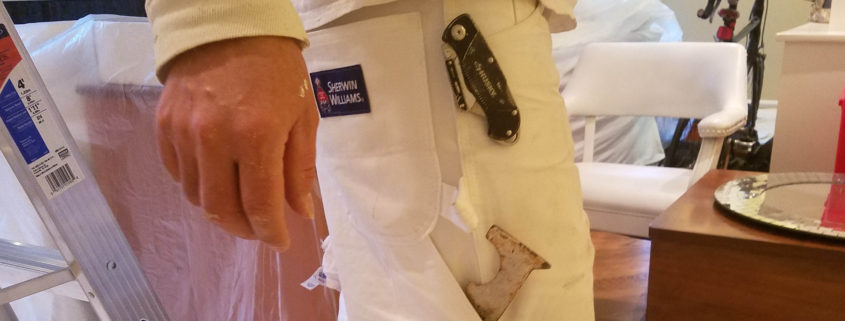
 A 5-1 is the ultimate painter’s tool, it’s like Mohammed Ali and his boxing gloves. You can scrape areas, open paint cans, hammer nail pops (nails coming through the wall) back in, pull out the paint left in your roller, and cut out old caulking with the sharp tip.
A 5-1 is the ultimate painter’s tool, it’s like Mohammed Ali and his boxing gloves. You can scrape areas, open paint cans, hammer nail pops (nails coming through the wall) back in, pull out the paint left in your roller, and cut out old caulking with the sharp tip. Your utility knife should always have a fresh blade and can help you with the removal of old caulking, being precise with cutting out damaged wall areas, and scraping old paint off windows (when you take the blade off the base of the knife).
Your utility knife should always have a fresh blade and can help you with the removal of old caulking, being precise with cutting out damaged wall areas, and scraping old paint off windows (when you take the blade off the base of the knife). Your rag should be damp and used for drips or splatters. It doesn’t matter if you’re the Michael Jordan of painting you’re going to have a drip or splatter every once in a while.
Your rag should be damp and used for drips or splatters. It doesn’t matter if you’re the Michael Jordan of painting you’re going to have a drip or splatter every once in a while. A duster is usually an old paint brush this will help you remove dust/debris from base trim, windows, drywall patches, etc. We like to cut our handle down so it doesn’t bulge out.
A duster is usually an old paint brush this will help you remove dust/debris from base trim, windows, drywall patches, etc. We like to cut our handle down so it doesn’t bulge out. Last but not least is the sandpaper. This allows you to sand smooth any rough areas that might have been missed or overlooked. My team and I always keep these items on ourselves. Why? If you have the proper tools on you when you run into a trouble area, you are more than likely to repair it right there instead of neglecting it.
Last but not least is the sandpaper. This allows you to sand smooth any rough areas that might have been missed or overlooked. My team and I always keep these items on ourselves. Why? If you have the proper tools on you when you run into a trouble area, you are more than likely to repair it right there instead of neglecting it.